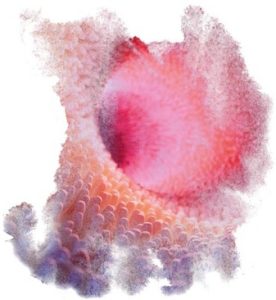Use of Pre & Probiotics in monogastric nutrition
The gastrointestinal tract (GIT) microbiota of mammals comprises approximately 10^14 microorganisms and includes a wide diversity of microbial species (Míguez et al., 2016; Yang
and Xu, 2018; Yazad et al., 2020). The GIT is the most colonized organ in the body.
Recent studies have indicated that diet has a considerable effect on the modulation of intestinal microbiota (Donaldson et al., 2016; Lalles, 2016). Some of the main additives used in animal nutrition for the modulation of intestinal microbiota are probiotics and prebiotics.
Probiotics
Although probiotics have been used for many years, it was in the 1960s that it was first demonstrated that strains of Lactobacillus were able to improve the growth performance
of pigs (Ahasan et al. 2015).
Since then, the most frequently used probiotics in monogastric animals are yeasts (Saccharomyces boulardii and S.cerevisiae) and bacteria (Lactobacillus spp.,Enterococcus spp., Pediococcus spp., Bacillus spp.) that act in the cecum and colon.
The most common benefits of using probiotics for monogastric animals are:
It is important to highlight that probiotics play an important role in the prevention of
diarrhea in piglets. Additionally, probiotics such
as Enterococcus faecium and Bacillus subtilis can reduce
the concentration of ammonia in bird excreta (Dhama et al. 2008), which contributes to maintaining litter quality,
air quality in the barns, and reducing respiratory problems and lesions in the foot pad.

Production of antimicrobial substances, such as organic acids (mainly lactic, acetic, and formic acid), bacteriocins, hydrogen peroxide, and other compounds that inhibit intestinal pathogens (Corcionivoschi et al. 2010; Murali e Kavitha, 2010);
Production of enzymes (for example, proteases, amylases, lipases, and glycosidases) by
the microbiota. Bifidobacterium bifidum produces a DNA polymerase that has been described as important in the repair of damaged cells;
Reduction of toxic amines, which are produced by some intestinal microorganisms and have irritating and toxic activity or cause diarrhea;
Competition for nutrients and/or for attachment sites (competitive exclusion) in the intestinal mucosa with potentially pathogenic bacteria, thus preventing pathogenic bacteria from colonizing the intestinal tract;
Stimulation of the immune system, either directly or indirectly, by modulating
the commensal flora or the immune system. Probiotics play a role in the host’s specific and
nonspecific immune responses and in stimulating the production of pro and anti-inflammatory cytokines (O’Hara y Shanahan, 2006; Walsh et al., 2008; Wang et al., 2009).
Some probiotic strains act as immunomodulators, increasing macrophage activity and local antibody levels, inducing interferon production, and thus activating Natural Killer cells (Yasui et al. 1989; Perdigon et al. 2001).
Most commonly used probiotics as additives in animal nutrition
Lactobacillus